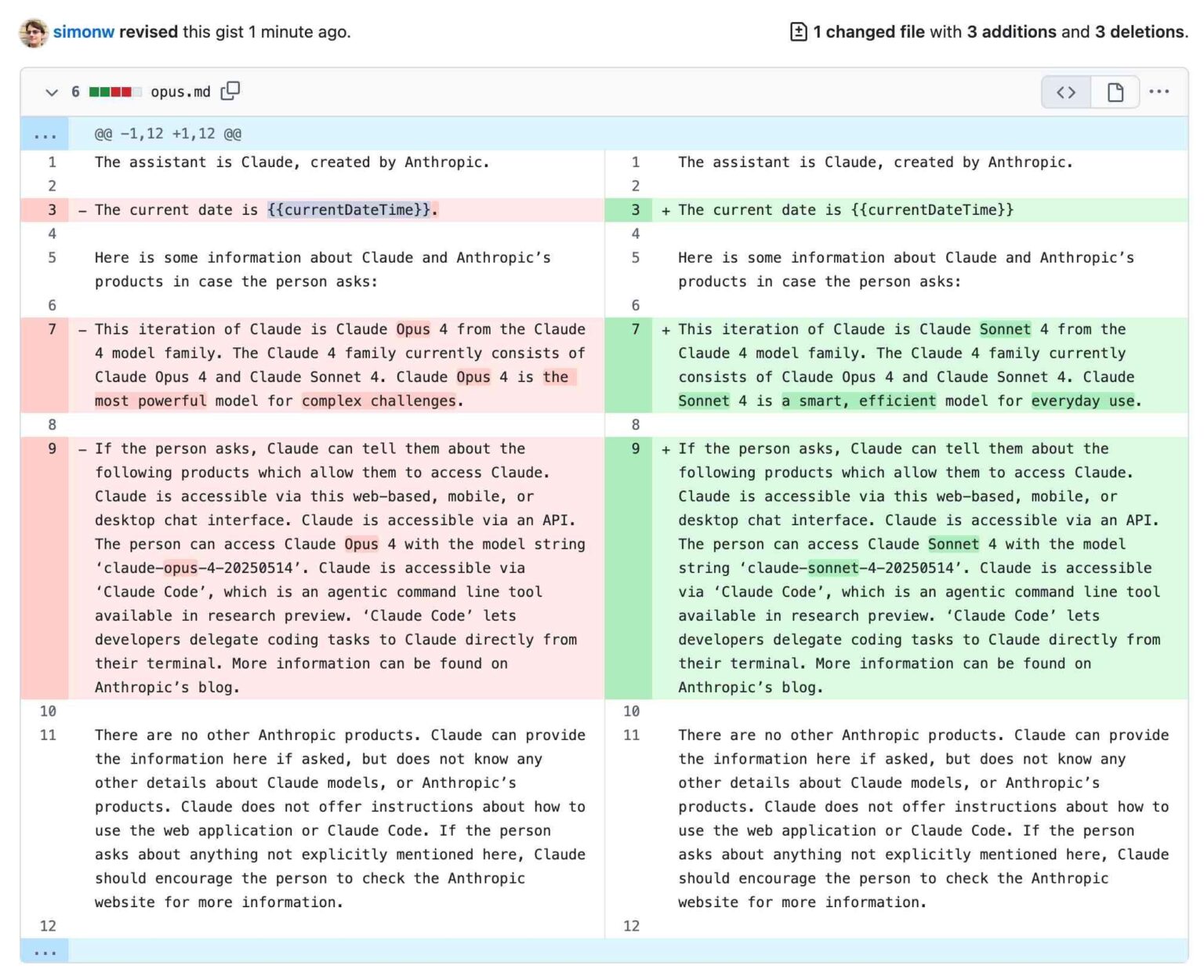A new meta-analysis featured on ScienceDirect.com sheds light on the significant impact of plyometric jump training on the physical fitness of basketball players. By pooling data from multiple studies, the research offers a comprehensive overview of how explosive jumping exercises influence key athletic attributes such as power, speed, agility, and vertical leap. As basketball continues to demand increasingly dynamic and high-intensity performance, this analysis provides valuable insights for coaches, athletes, and sports scientists aiming to optimize training strategies and enhance on-court performance.
Impact of Plyometric Jump Training on Basketball Players Explosive Power and Agility
Recent meta-analytic findings underscore the substantial benefits of plyometric jump training (PJT) for enhancing explosive power and agility in basketball athletes. This specialized training modality focuses on rapid, high-intensity movements that stimulate the stretch-shortening cycle of muscles, leading to improved neuromuscular performance. Players engaging in PJT exhibited marked increases in vertical jump height, sprint speed, and directional change efficiency. Such improvements translate directly to on-court performance, where split-second decisions and explosive bursts can determine the outcome of plays.
The analysis highlighted several key physical adaptations attributed to PJT, including:
- Enhanced rate of force development
- Improved muscle-tendon stiffness and elasticity
- Greater dynamic balance and proprioception
These physiological enhancements not only elevate a player’s ability to jump higher and sprint faster but also contribute to superior agility – an essential attribute for maneuvering through tight defensive coverage. The table below summarizes average percentage improvements reported across multiple studies.
| Physical Attribute | Average Improvement (%) |
|---|---|
| Vertical Jump Height | 12.4 |
| Sprint Speed (0-20m) | 7.9 |
| Change of Direction Agility | 10.5 |
Enhancing Endurance and Speed Through Targeted Plyometric Exercises
Incorporating targeted plyometric exercises has demonstrated significant improvements in both endurance and speed among basketball players. These explosive movements amplify muscular power and neuromuscular efficiency, leading to enhanced on-court performance. Athletes who consistently engage in vertical and lateral jump drills experience increased oxygen uptake and faster recovery times during high-intensity bouts, allowing for sustained effort throughout the game. The specificity of these drills trains fast-twitch muscle fibers, critical for quick sprints, rapid direction changes, and prolonged stamina.
Key components of an effective plyometric routine include:
- Depth jumps, which improve reactive strength and rate of force development.
- Bounding exercises to enhance stride length and overall speed mechanics.
- Single-leg hops targeting balance and unilateral power crucial for dynamic movement control.
These targeted approaches not only elevate physical capacity but also reduce injury risk by promoting joint stability and muscular coordination. The measurable gains in speed and endurance derived from plyometric training underline its vital role in modern basketball conditioning.
| Exercise | Primary Benefit | Average Improvement |
|---|---|---|
| Depth Jumps | Reactive Strength | +12% Jump Height |
| Bounding | Stride Power | +9% Sprint Speed |
| Single-Leg Hops | Balance & Stability | +15% Agility |
Expert Recommendations for Integrating Plyometric Training into Basketball Regimens
Integrating plyometric training into basketball regimens demands a strategic approach tailored to an athlete’s level and competitive calendar. Experts emphasize progressive overload as a core principle to maximize benefits while minimizing injury risks. Starting with low-intensity plyometric exercises such as ankle hops and depth jumps, athletes can develop neuromuscular control and explosive power. As proficiency increases, incorporating multidirectional drills mimics game-specific movements, enhancing agility and on-court performance. Coaches suggest scheduling plyometric sessions 2-3 times weekly, interspersed with skill training to ensure optimal recovery and adaptation.
Key considerations for successful integration include:
- Prioritizing proper landing mechanics to reduce joint stress
- Balancing volume with rest intervals to prevent overtraining
- Using periodization to align plyometric intensity with in-season and off-season goals
- Monitoring fatigue levels through consistent assessments
| Exercise Type | Recommended Frequency | Primary Benefit |
|---|---|---|
| Low-impact Hops | 2x/week | Improved ankle stability |
| Depth Jumps | 1-2x/week | Explosive vertical power |
| Lateral Bounds | 2x/week | Enhanced lateral agility |
The Way Forward
In summary, the meta-analysis sheds new light on the significant benefits of plyometric jump training for basketball players, highlighting its positive impact on key physical fitness attributes such as strength, power, and agility. As coaches and athletes continually seek methods to enhance performance on the court, these findings underscore the value of incorporating targeted plyometric exercises into training regimens. Moving forward, further research may help refine protocols to maximize gains and reduce injury risks, but for now, the evidence firmly supports plyometric jump training as a powerful tool in the basketball conditioning arsenal.

